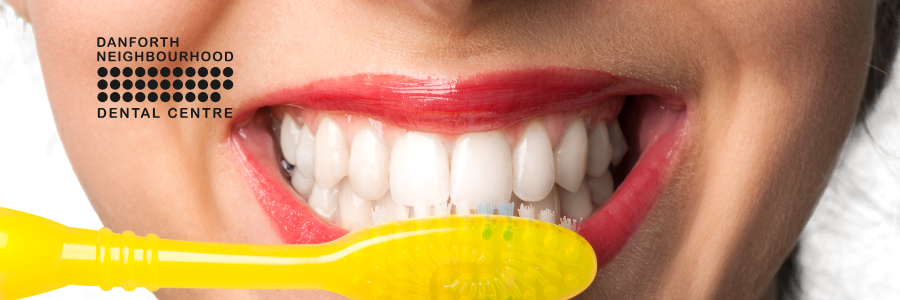Restorative Dental Treatments: A Bridge to Optimal Oral Health
Restorative Dental Treatments: A Bridge to Optimal Oral Health
The dental realm is vast, encompassing not just the prevention of dental issues, but also the art of restoration. Restorative dental treatments serve as the cornerstone of dental care, bridging the gap between oral health and aesthetics, and ensuring everyone can smile with confidence, no matter their dental history.
Understanding Restorative Dentistry
Restorative dentistry focuses on identifying, preventing, and treating oral diseases and disorders. It encompasses a suite of treatments designed to repair or replace teeth, restore normal function, and bring back the natural appearance. Whether it's a cavity, a lost tooth, or a misaligned bite, restorative procedures aim to bring the mouth back to its natural state.
Key Restorative Treatments
Fillings: One of the most common restorative treatments, fillings are used to treat cavities. Modern fillings can be tooth-colored, blending seamlessly with the natural tooth.
Crowns:
A crown, or cap, is placed over a damaged tooth to restore its shape, size, strength, and appearance. They can be made from porcelain, ceramic, or even gold.
Bridges:
Used to replace one or more missing teeth, bridges span the space where teeth are absent. They are anchored to the natural teeth or implants surrounding the empty space.
Dental Implants: Implants provide a permanent solution for missing teeth. They involve inserting a titanium post into the jawbone, which then serves as an anchor for a replacement tooth.
Dentures: These removable replacements for missing teeth come in partial and complete forms. Modern dentures are more comfortable and natural-looking than ever before.
Root Canal Therapy:
A procedure to save a badly infected or decayed tooth, it involves removing the tooth's nerve and pulp, cleaning and sealing the inside of the tooth.
The Dual Benefits of Restorative Treatments
Health Enhancement: Damaged or missing teeth can lead to a host of issues, from difficulty in chewing and speech problems to jawbone deterioration. Restorative procedures address these issues, ensuring the mouth functions optimally.
Aesthetic Improvement:
Beyond functionality, restorative treatments greatly enhance the smile's appearance. With modern advancements, most restorations mimic the look and feel of natural teeth, ensuring patients can smile freely.
In Conclusion
Dental issues can have profound effects on one's quality of life, influencing not just health, but also self-confidence and social interactions. Restorative dental treatments offer a beacon of hope, promising not just a solution to these problems but a pathway to a healthier, brighter smile. They embody the essence of dental care, where health, functionality, and aesthetics converge to deliver holistic well-being. So, whether you're seeking to repair a damaged tooth or replace a missing one, restorative dentistry holds the key to rejuvenating your smile.
Recommended For You




